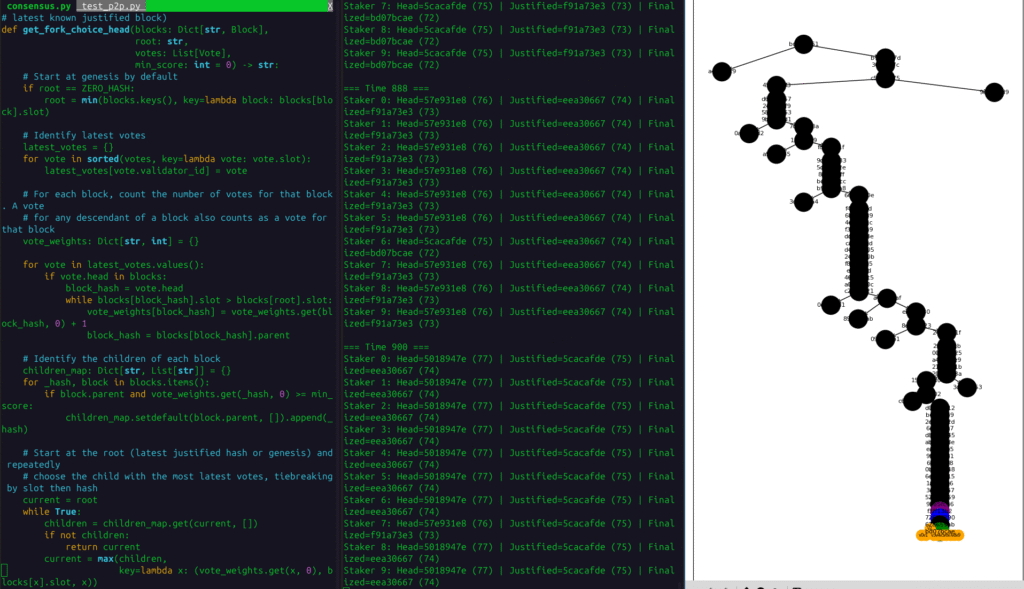Vitalik Buterin is pushing for a drastic Ethereum overhaul. In a blog post titled “Simplifying the L1,” he called on the community to reduce protocol complexity over the next five years. His goal: make Ethereum more like Bitcoin, easy to understand, cheap to maintain, and harder to break.
He wants to cap Ethereum’s code size. He believes fewer lines mean fewer bugs. “Bitcoin’s elegance comes from its simplicity,” he wrote. Ethereum, he admits, hasn’t always followed that path.

Vitalik has stated that Ethereum needs to be a global ledger. A foundation layer of finance, governance, and data. To accomplish that, Ethereum has to scale and remain robust. That means simplicity is crucial. Simple code is more manageable to protect and uphold. It encourages more participation by developers. It excludes special interests.
Revamping Consensus and Execution
Vitalik’s ideas go beyond theory. He proposes a new “3-slot finality” system to replace Ethereum’s current consensus layer. This would remove epochs, committees, and other layers of complexity. The redesign could cut core logic down to just 200 lines of code.

On the execution side, he suggests abandoning the aging EVM. Instead, switch to something like RISC-V or Cairo. These virtual machines are cleaner and faster. They could boost ZK-proof speeds by 100x, and simplify Ethereum’s base layer even more.
To keep older apps working, he outlines a four-step strategy. First, bring RISC-V on-chain. Then, let devs use both VMs side by side. Over time, move old EVM logic into interpreters. Eventually, Ether would “speak” only RISC-V natively.

Ethereum should stay lean at the core
Buterin also advocates for shared standards. One erasure code. One serialization format. One Merkle tree. Using one approach across different parts of the stack slashes code bloat and boosts performance. It also makes future upgrades easier.
Ethereum, he says, should move complexity out of the consensus core. Non-essential logic should shift into optional tools. That way, Ethereum stays lean at its heart but remains powerful at the edges.







